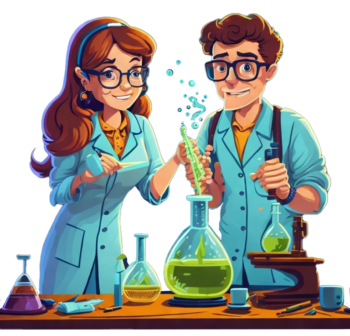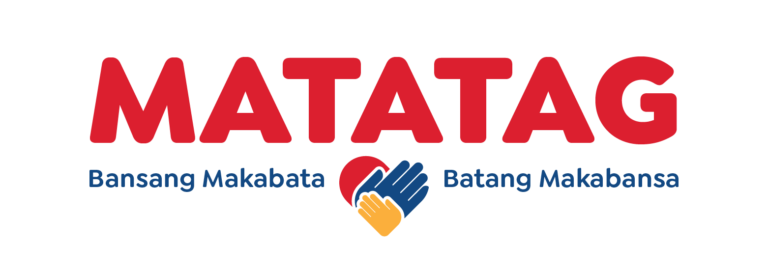
Download the MATATAG PE and Health Curriculum Here
In a recent evaluation of the MAPEH (Music, Arts, Physical Education, and Health) curriculum, it was identified that nearly half of the learning competencies within each MAPEH component involve implicit skills. This suggests that not all prerequisite skills were adequately taught. Additionally, certain Learning Competencies (LCs) in the Music and Arts Curriculum Guides exhibited structural flaws, including double-barreled objectives. Inconsistencies in verb tense and mood were also observed in some LCs. Redundancies were found in LCs duplicated across multiple grade levels. Lastly, many LCs were deemed developmentally inappropriate for the target learners.
Addressing the Challenges
To address these challenges, it is imperative to devise solutions that empower teachers to enhance instructional delivery. By fostering knowledge, comprehension, and application of sustainable creative practices within the community and environment, the Music and Arts curriculum aims to equip learners with flexibility and resilience. Simultaneously, the Physical Education and Health curriculum endeavors to instill lifelong habits of healthy, active living, blending cognitive, psychomotor, and affective skills.
Through movement-based learning experiences and engaging physical activities, the Physical Education and Health curriculum seeks to imbue learners with both the mindset and skills required for lifelong physical activity participation, promoting optimal health. In the realm of Music and Arts, learners gain an understanding of preserving history and critically examining culture, engaging in continuous creation of diverse art practices that transcend tradition. Consequently, the MAPEH curriculum strives not only to be relevant but also to deliver a meaningful holistic education.
Revisions to the Physical Education and Health Curriculum
Revisions to the Physical Education and Health curriculum are indispensable to adapt to current educational demands and challenges, align with learner needs, and anticipate evolving realities. This curriculum overhaul is crucial to provide up-to-date information on maintaining good health, adapting to changing health needs, incorporating new technologies, and fostering enduring health habits.
One prominent feature of the revised curriculum is the fusion of Physical Education (P.E.) and Health concepts, a trend gaining momentum in several countries, including Australia, Japan, Canada, China, Germany, and the United Kingdom. This integration is rooted in the recognition of the interconnectedness of these subjects and the importance of a holistic approach to wellness for cultivating healthy habits and lifestyles.
Justifications for Merging P.E. and Health
Understanding Interconnectedness: Merging P.E. and Health helps students grasp the interconnectedness between physical health and overall well-being, encompassing physical fitness, nutrition, mental health, and more.
Comprehensive Education: It offers a more comprehensive educational experience, equipping students with practical exercise and sports skills alongside healthy decision-making in daily life.
Optimizing Resources and Time: Integration maximizes resources and time by consolidating subjects, allowing teachers to cover more material in each period and address public health issues effectively.
Promoting Holistic Wellness: Combining P.E. and Health imparts a holistic understanding of wellness, addressing physical fitness, motor skills, nutrition, disease prevention, mental health, and personal safety.
Interdisciplinary Learning: This approach fosters interdisciplinary learning, enabling students to explore the relationship between physical activity, mental health, nutrition, and physical performance.
Wellness Education: The curriculum shift aligns with wellness education principles, creating an engaging environment for educators and learners.
Promoting Holistic Health: Health and Physical Education promote health across emotional, physical, intellectual, spiritual, and social dimensions.
Resilience and Decision-Making: Students develop resilience, self-esteem, and decision-making skills for their health and physical activity.
Holistic Approach: Embracing Health and Physical Education offers holistic opportunities to students.
Coordination among Allied Fields: Health, physical education, and recreation fields should be coordinated for community well-being.
Interdisciplinary Learning: Interdisciplinary learning enhances student learning and relevance.
Engaging Environment: Integrating physical activity and health creates a fun, engaging learning environment.
Historical Context: Historical changes in nomenclature and cultural meaning influenced this curriculum shift.
Whole School Approach: Literature recommends a “whole school” approach for HPE implementation.
MAPEH in Key Stage 1
In Makabansa, learners gain foundational knowledge in personal and cultural awareness and healthy living skills. This learning area seamlessly integrates the foundational knowledge and skills of Music, Arts, PE, and Health. It explores concepts of sound properties and elements and principles of arts, setting the foundation for Key Stage 2. Learners are exposed to movement skills and concepts, paving the way for learning game and dance concepts in Grade 4.
Curriculum Goals
The MATATAG Physical Education and Health curriculum aims to foster physical and health literacy, 21st-century skills, and holistic well-being. It addresses the challenges faced by Filipino learners, considering the impact of technology and media on communication, learning, and interaction.
In this curriculum, Filipino learners acquire the skills and mindset to navigate effectively, cope with challenges, make informed decisions, and positively influence their own lives and communities. It emphasizes lifelong holistic health and well-being in dynamic “glocal” contexts.
Objectives of the Physical and Health Curriculum
Develop Literate Learners: Develop physically literate and health-literate 21st-century learners.
Informed Decision-Making: Enhance students’ knowledge, skills, and attitudes for informed health decisions.
Promote Healthy Behaviors: Encourage healthy and risk-preventive behaviors.
Empower Students: Empower students to access reliable health information and resources.
Build Movement Skills: Develop fundamental movement skills for lifelong physical activity participation.
Advocate for Health: Promote healthy lifestyles and positive influence on others.
Theoretical/Philosophical Bases for the Physical Education & Health Curriculum
Physical Education
Laban Theory of Movement: Emphasizes movement concepts, problem-solving, and body, space, effort, and relationship in various physical activities.
Fitness Education Model: Highlights the connection between physical activity and overall health, emphasizing skills and adherence to exercise programs.
Teaching Games for Understanding (TGfU): Prioritizes understanding tactics and gameplay before skills, focusing on decision-making.
Health
IMB Skills Model: Considers information, motivation, and behavioral skills for behavior change.
Theory of Planned Behavior: Links attitudes, norms, and control to behavioral intentions.
Health Belief Model: Considers health perceptions, susceptibility, benefits, barriers, cues to action, and self-efficacy in behavior change.
Transtheoretical Model of Change: Addresses readiness for behavior change.
Ecological Systems Theory: Considers environmental factors in health behavior.
Physical Education & Health Curriculum Framework
The framework encompasses key learning areas, strands, learner impact, and intended outcomes. It aims to develop health and physical literacy dispositions and 21st-century skills, benefiting individuals, families, communities, and society. The double-headed arrow symbolizes reciprocal learning from self to society, with a blank canvas absorbing diverse approaches as learning progresses toward holistic understanding.
Download the MATATAG PE and Health Curriculum Here
Matatag Curriculum Guide
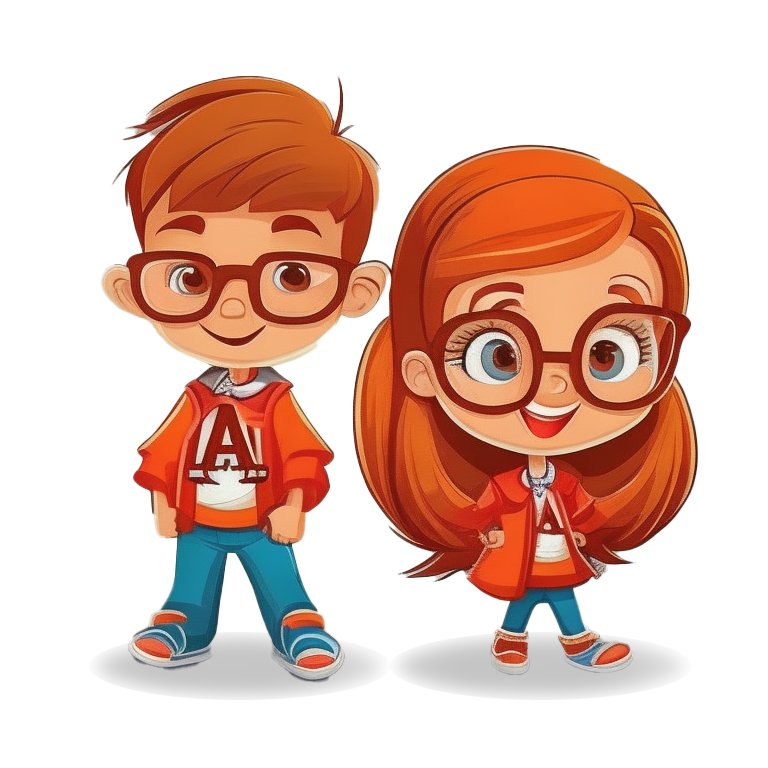
Kindergarten CG 2023
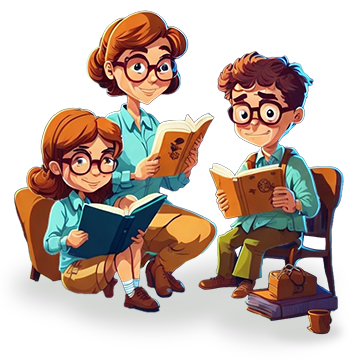
Reading and Literacy CG 2023

English CG 2023

Araling Panlipunan CG 2023

Filipino Kurikulum CG 2023
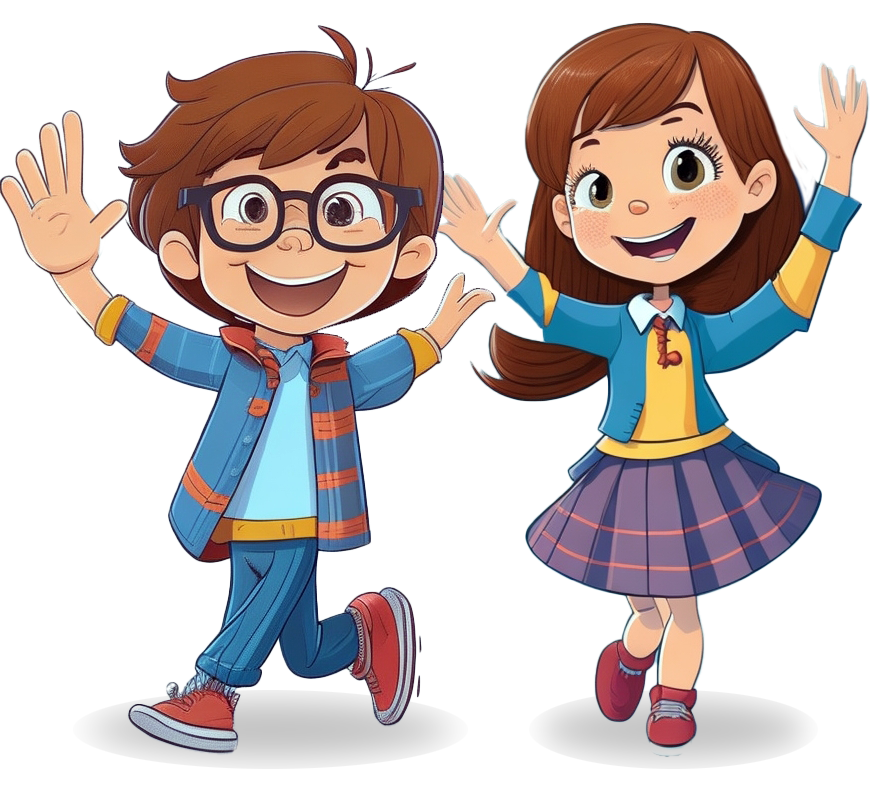
GMRC and VE CG 2023

Language CG 2023
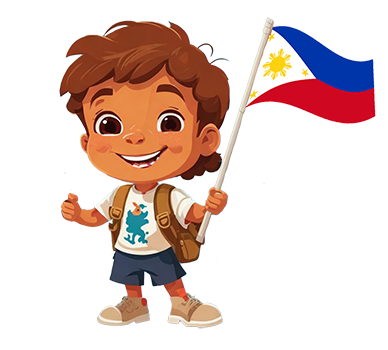
Makabansa CG 2023
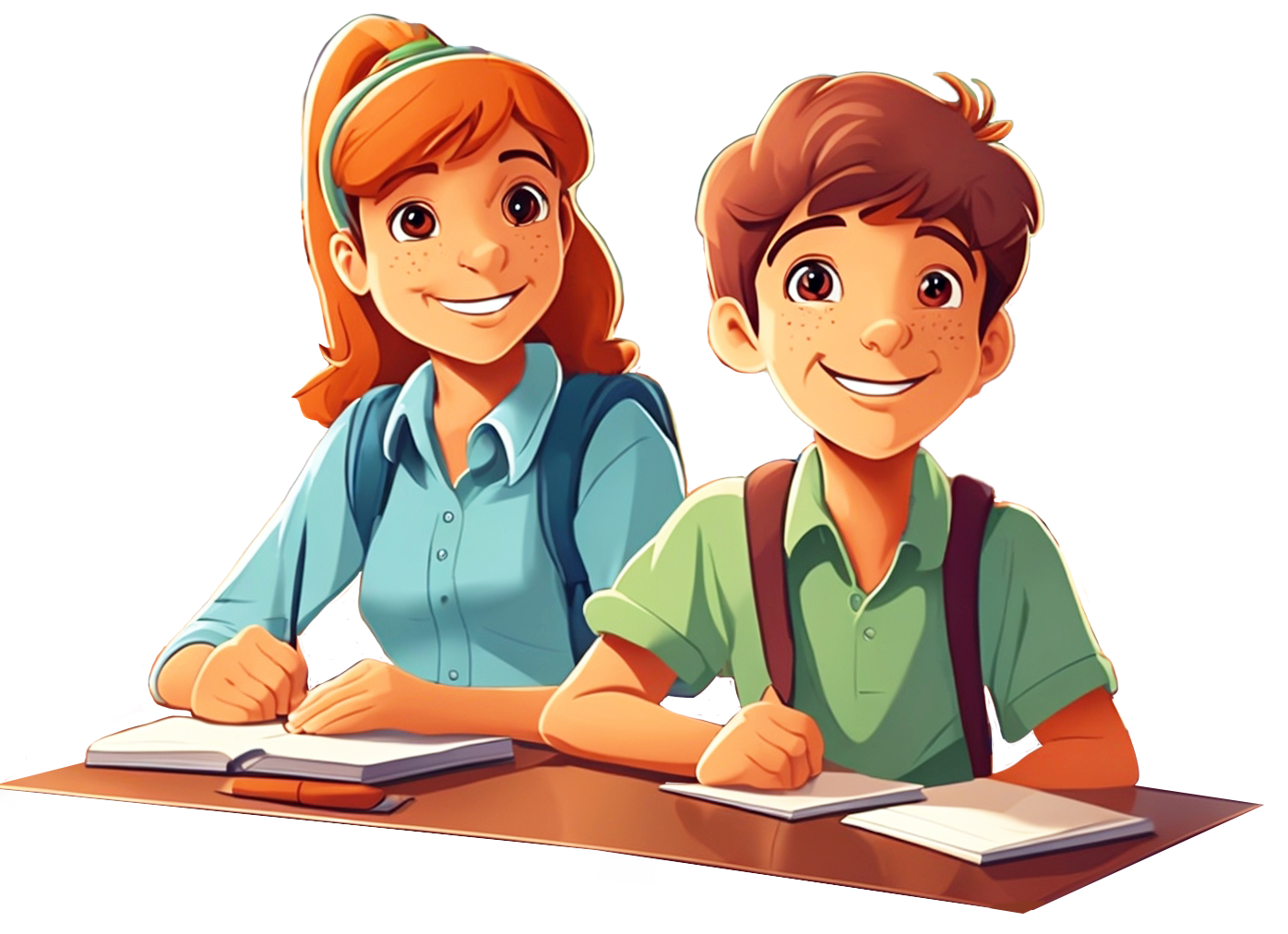
EPP TLE CG 2023

Mathematics CG 2023

Music and Arts CG 2023

PE and Health CG 2023
